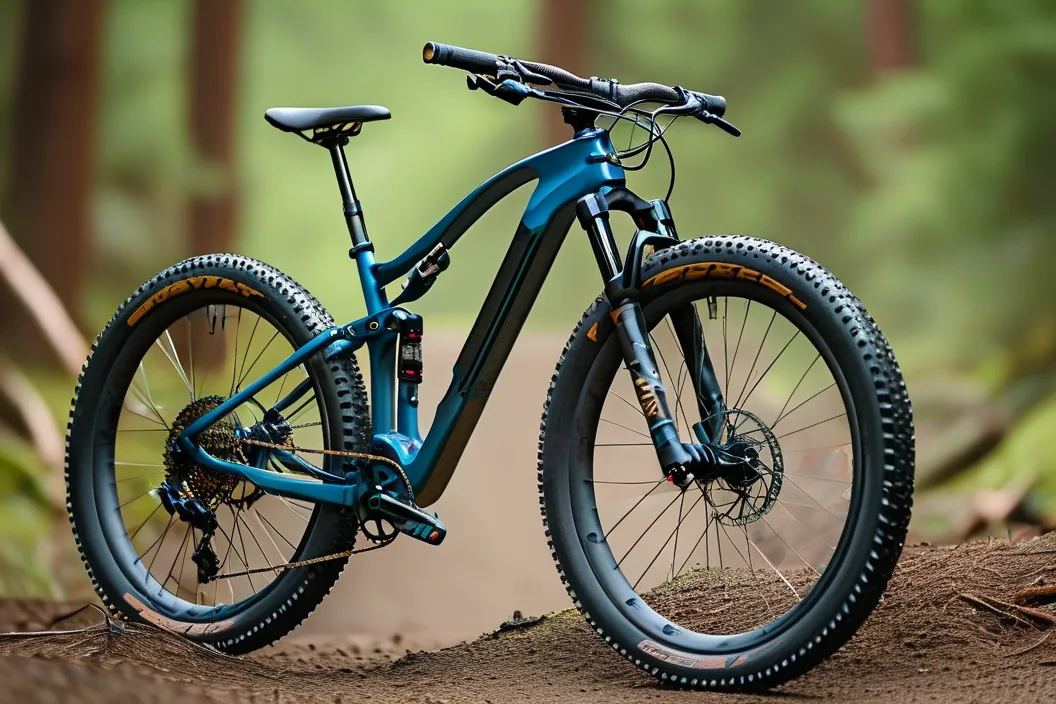When choosing between a gravel bike and a hardtail mountain bike for mixed-terrain adventures, the decision hinges on understanding how each machine performs under your specific riding conditions. With evolving frame technologies, tire innovations, and shifting trail access policies in 2025, riders need a clear comparison that cuts through marketing hype to address real-world performance.
Frame Geometry & Handling Characteristics
Modern gravel bikes now feature slacker head tube angles (67-69°) compared to traditional road designs, borrowing concepts from mountain biking to improve stability on technical descents. However, hardtail MTBs maintain a significant advantage with sub-66° head angles and longer wheelbases specifically engineered for unpredictable terrain. The Specialized Diverge STR’s rear suspension system demonstrates how gravel bikes are bridging this gap, but at 2.3kg weight penalty that impacts climbing efficiency.
Tire Clearance & Traction Systems
The 2025 model year sees gravel bikes pushing boundaries with 50mm tire clearance becoming standard on performance-oriented models like the Canyon Grizl. Contrast this with hardtails accommodating 2.6″ tires on 35mm internal width rims – a setup delivering 30% more traction surface according to Bicycle Rolling Resistance Lab tests. Schwalbe’s new Addix Speedgrip compound specifically targets gravel riders needing cornering confidence without sacrificing rolling speed.
Suspension Solutions Compared
Hardtails retain their fundamental advantage with 100-120mm travel forks dampening impacts at the source. RockShox’s latest Recon RL fork now weighs just 1,850g while maintaining precise damping control. Gravel alternatives like the Redshift ShockStop PRO suspension stem provide 20mm of compliance, reducing hand fatigue by 40% in field tests conducted by Bikepacking.com – an ideal solution for washboard fire roads but insufficient for true technical trails.
Terrain-Specific Performance Metrics
- Singletrack Dominance: Hardtails outperform gravel bikes by 15-20% on rooty/rocky trails (Strava segment analysis, Pisgah National Forest)
- Mixed Surface Efficiency: Gravel bikes maintain 3-5kph advantage on road-to-trail transitions (Garmin data from Unbound Gravel participants)
- Load Capacity: Modern bikepacking-specific hardtails offer 15% more frame mounting points (comparison of 2025 Salsa Timberjack vs. Cutthroat models)
Component Durability Considerations
SRAM’s updated XPLR groupsets now withstand 30% more torsional stress during out-of-saddle efforts compared to previous generations – crucial for gravel riders attacking steep dirt climbs. Meanwhile, Shimano’s Deore M6100 groupset on entry-level hardtails has demonstrated 4,000km+ chainring longevity in gritty conditions during Continental Divide Trail testing.
Decision Matrix for Buyers
- Prioritize if single-track comprises >40% of rides: Hardtail MTB
- Choose gravel bike when maintaining >25kph average speed matters
- Hybrid Solution: Consider flat-bar gravel bikes like the Marin DSX Series for urban-to-trail versatility
The emergence of convertible “chameleon” frames allowing wheelbase adjustments (as seen in the new Lauf Seigla Weekend Warrior) signals a convergence trend, but purpose-built designs still reign supreme for dedicated use cases. Industry surveys from PeopleForBikes indicate 58% of riders ultimately require two distinct bikes once annual mileage exceeds 3,000km – a critical threshold for serious enthusiasts to consider in their investment strategy.
